Did You Know? Claude Monet in London
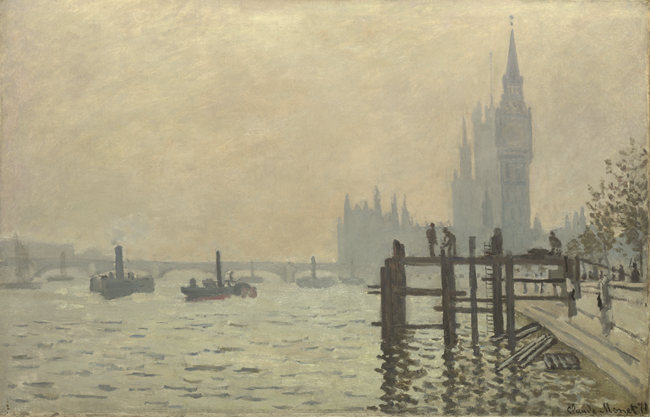

Discover how the artist Claude Monet sought refuge from war in London.
Did you know that to avoid conscription during the Franco-Prussian War, the Impressionist painter Claude Monet sought refuge in London? While fellow artists, including Edgar Degas and Édouard Manet, enlisted in the National Guard at the outbreak of the conflict, Monet hastened to England before Prussian forces could encircle Paris.
Those remaining in the barricaded yet defiant city faced a famine of unparalleled proportions. The Siege of Paris then gave way to the anguish of a civil war – the Paris Commune. It was truly an année terrible.
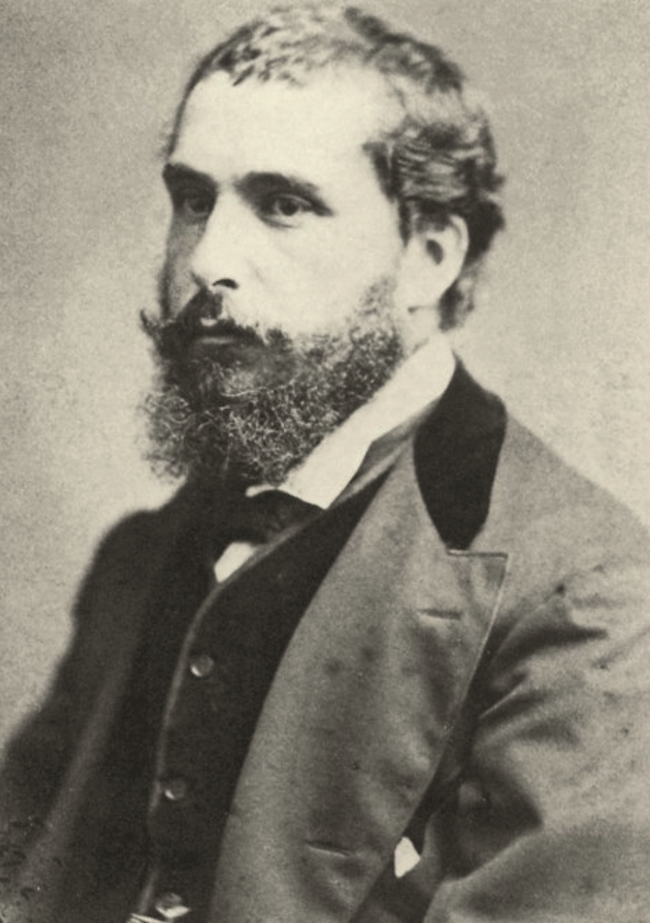
Monet as he looked during his time in London © Wikimedia Commons
The Big Smoke
In London, the Monets lodged modestly, first at 11 Arundel Street, near the Victoria Embankment, and then at what is now 183 Kensington High Street, an address which today houses a burger joint. Money was tight, and speaking next to no English, the 20-something couple felt isolated; but it was worth it to be spared the violence of their Paris home.
Monet became enthralled with London and discovered new Thames-side structures to paint, such as the recently completed Houses of Parliament. What most captivated him, however, was London’s atmospheric fog, a by-product of Britain’s Industrial Revolution. It was much worse in London than in France, where the smoky filth of factories had yet to seep into the corners of Paris. Monet loved the mysterious cloak of fog that descended on his adopted city, claiming that without it, London would not be beautiful. A chacun son goût. Monet produced just a handful of moody canvases during his initial seven-month stay in London. During his time there, he met other French artists seeking refuge in the capital, including close friend Pissarro, and his mentor, Charles-François Daubigny, who introduced Monet to famed Parisian art dealer Paul Durand-Ruel. At the art connoisseur’s digs in New Bond Street, there was much discussion about the emergence of a new, innovative style of art.
With peace restored in France, Monet and his wife left London in May 1871, but he vowed to return. Back in Paris, the artist introduced Durand-Ruel to his promising painter friends who would soon become the group of Impressionists. Durand-Ruel went on to become Monet’s life-long champion.
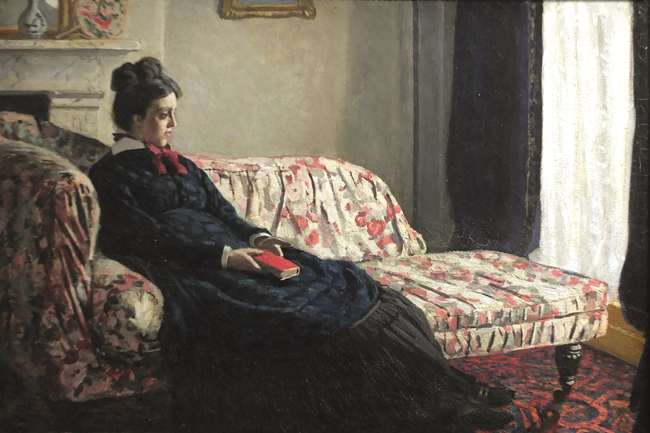
Madame Monet au canapé, painted in London in 1871 © Wikimedia Commons
Return to the City
The love affair with London was renewed in 1898 when Monet visited his son, a student of English in the city. The now famous (and rich!) Impressionist came back laden with paint, brushes and canvases in 1899, 1900 and 1901, staying for weeks at a time at the Savoy Hotel.
The windows and chilly balconies on the fifth and sixth floors of the Savoy offered amazing vistas of Waterloo Bridge, Charing Cross Bridge, and the Palace of Westminster, which Monet painted in his favoured foggy light. Considerably more productive on these later trips, he produced more than 100 views of the city, which are now known collectively as his Vues de Londres. They’re a fitting tribute to Monet’s sanctuary city, which had a lasting effect on his career as a painter and on the development of Impressionism.
From France Today Magazine
Lead photo credit : The Thames below Westminster, painted in 1871 © Wikimedia Commons
Share to: Facebook Twitter LinkedIn Email
More in art, Claude Monet, French artist, French history, Impressionism
By Hazel Smith
Leave a reply
Your email address will not be published. Required fields are marked *

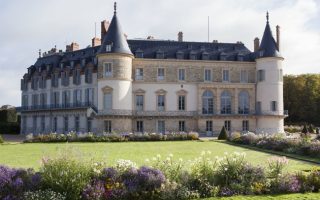
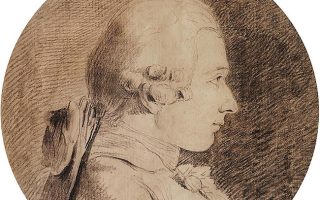
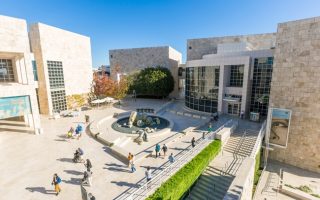
REPLY